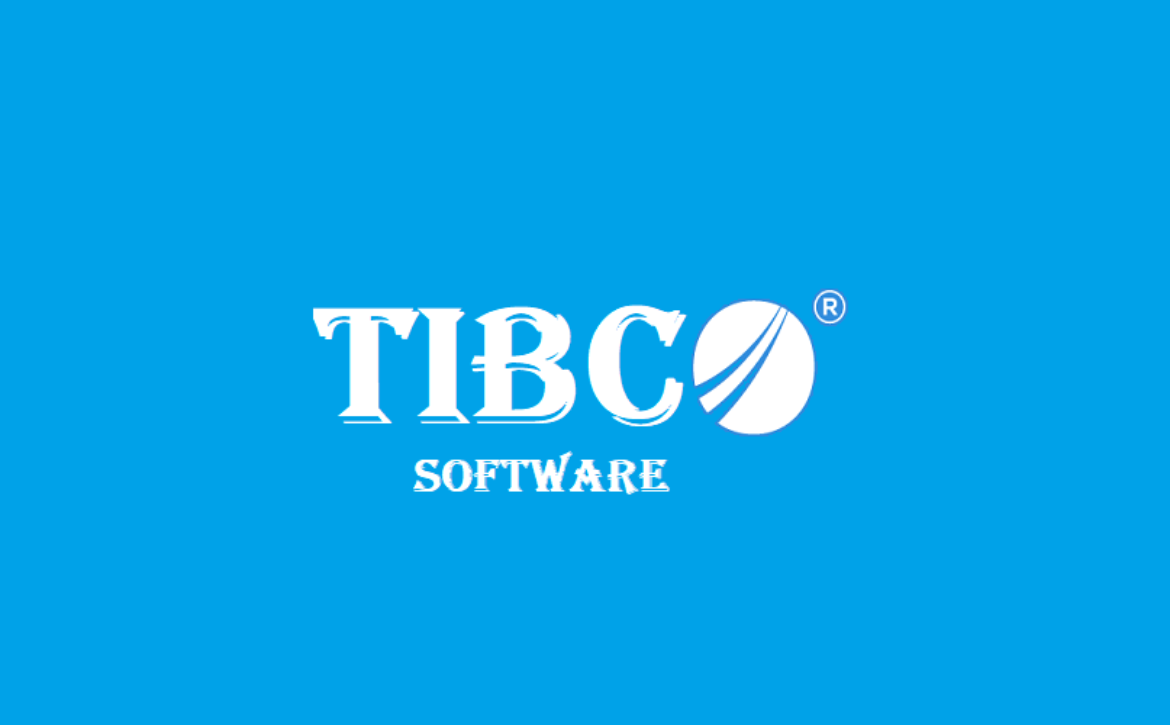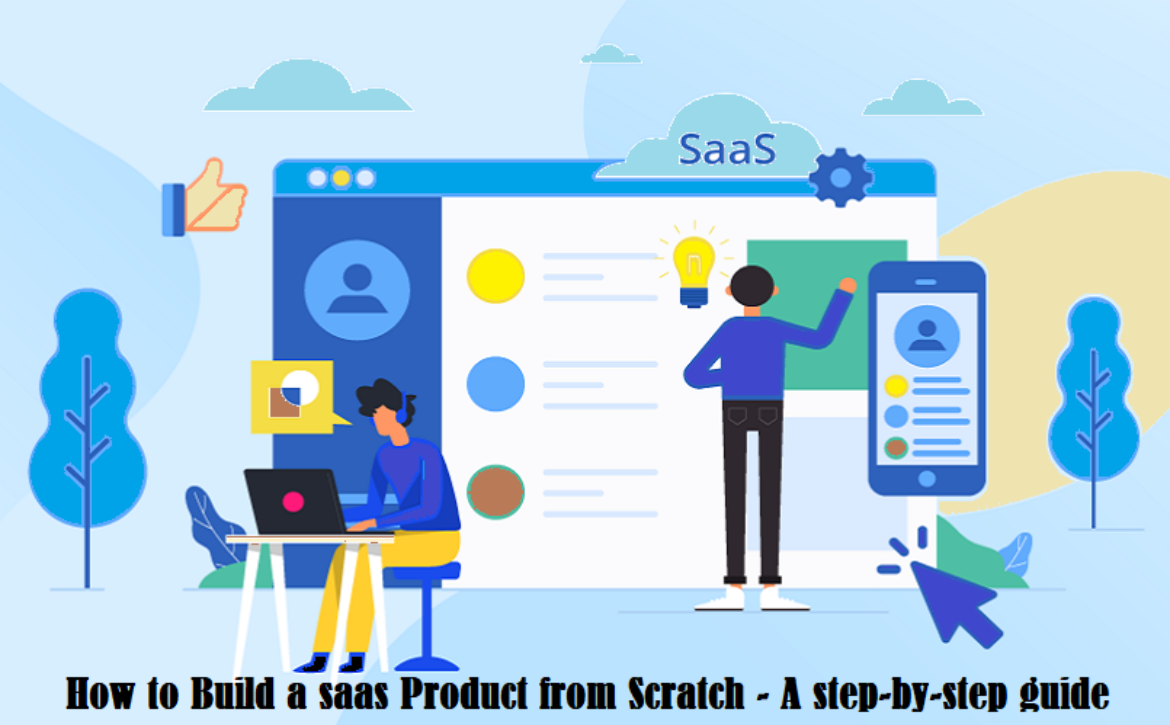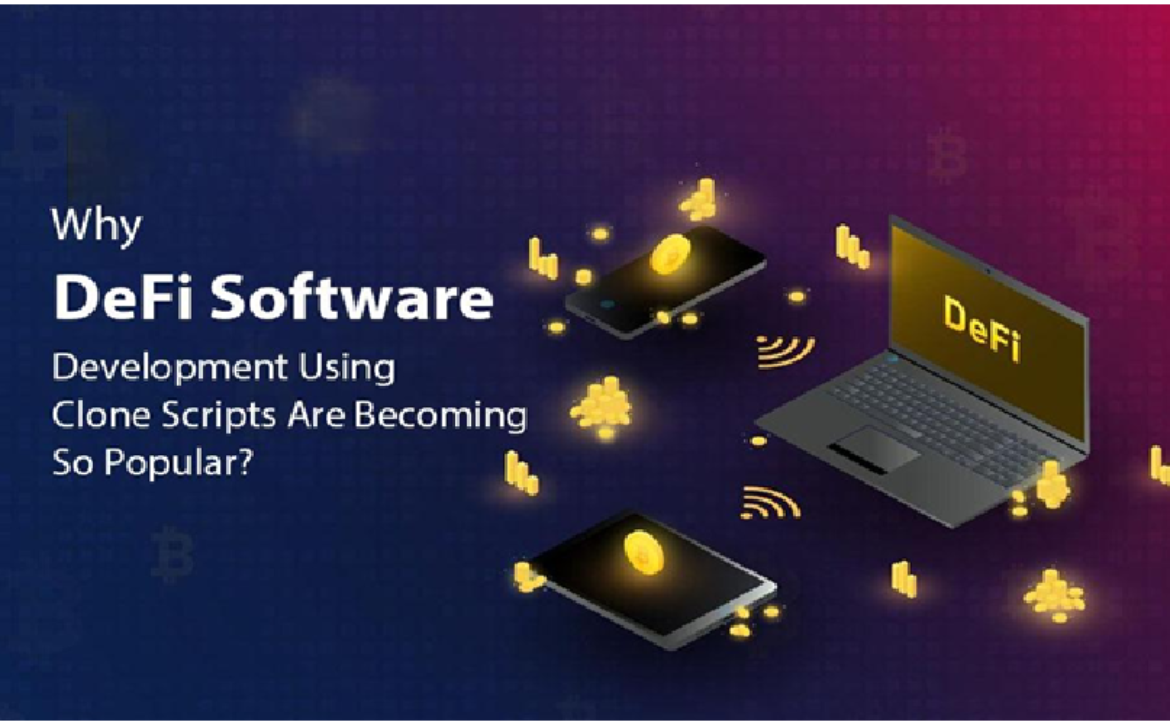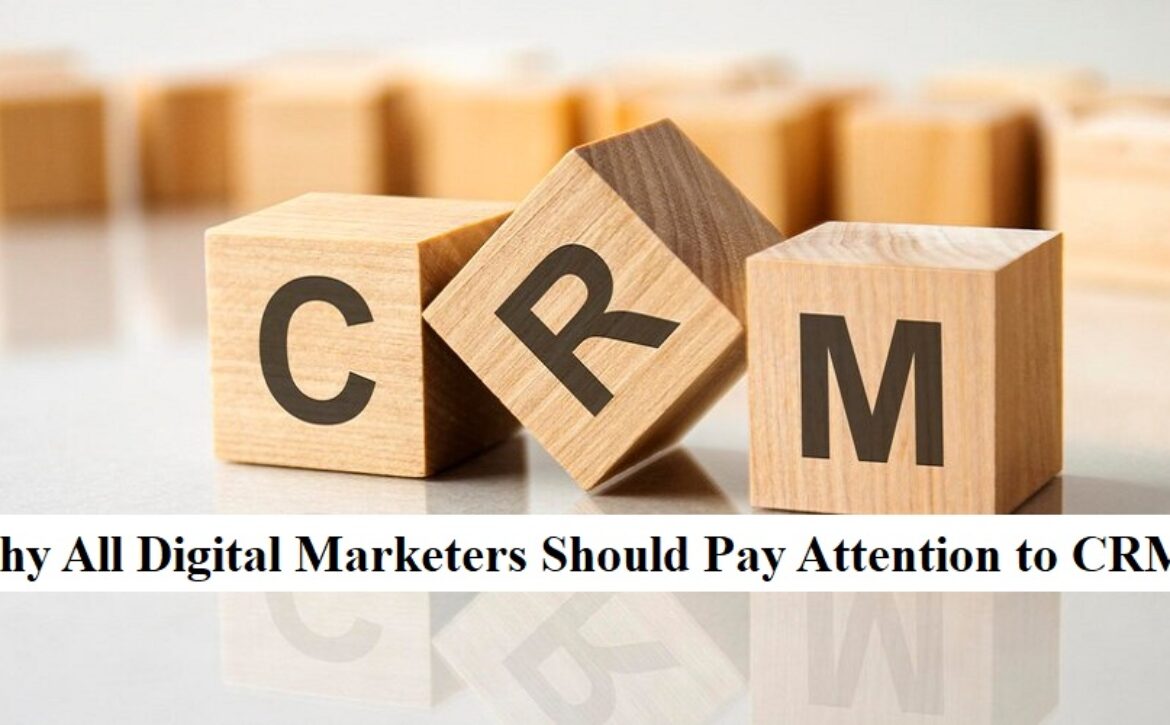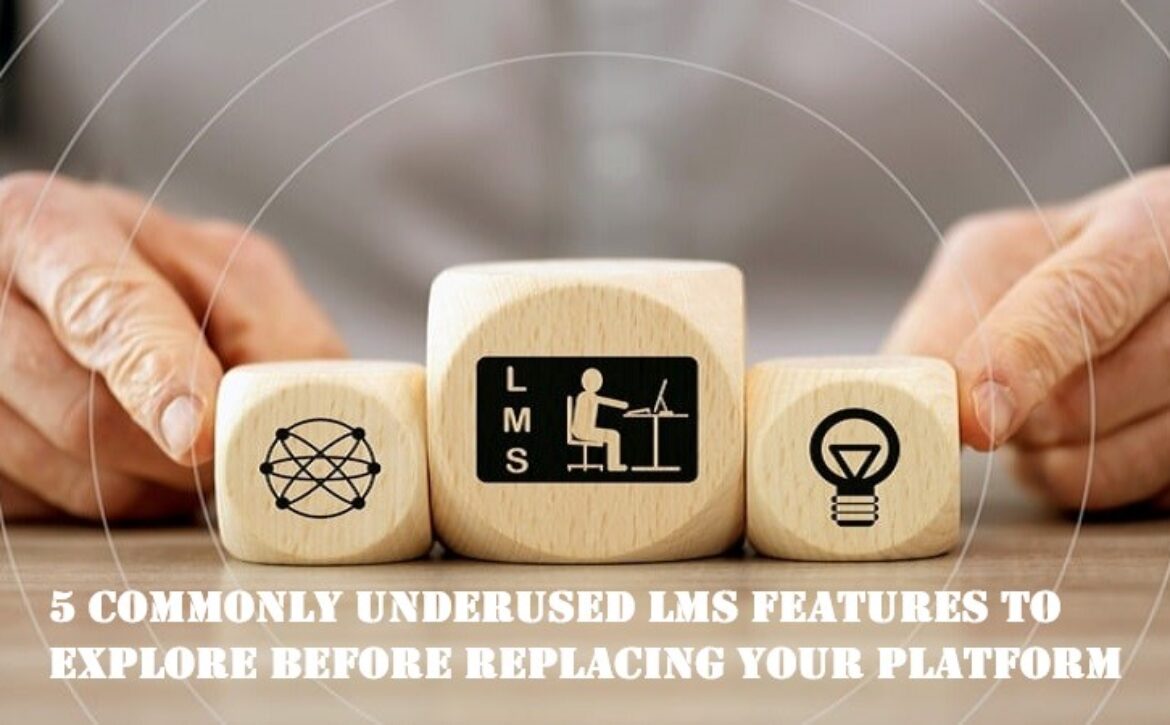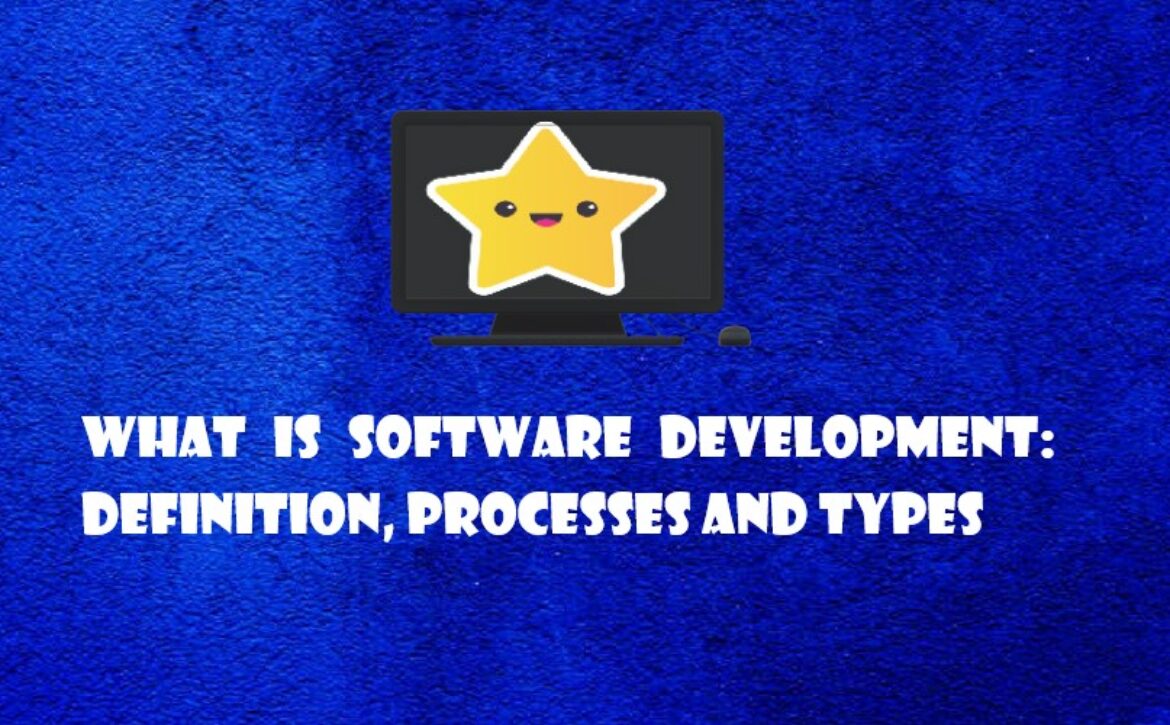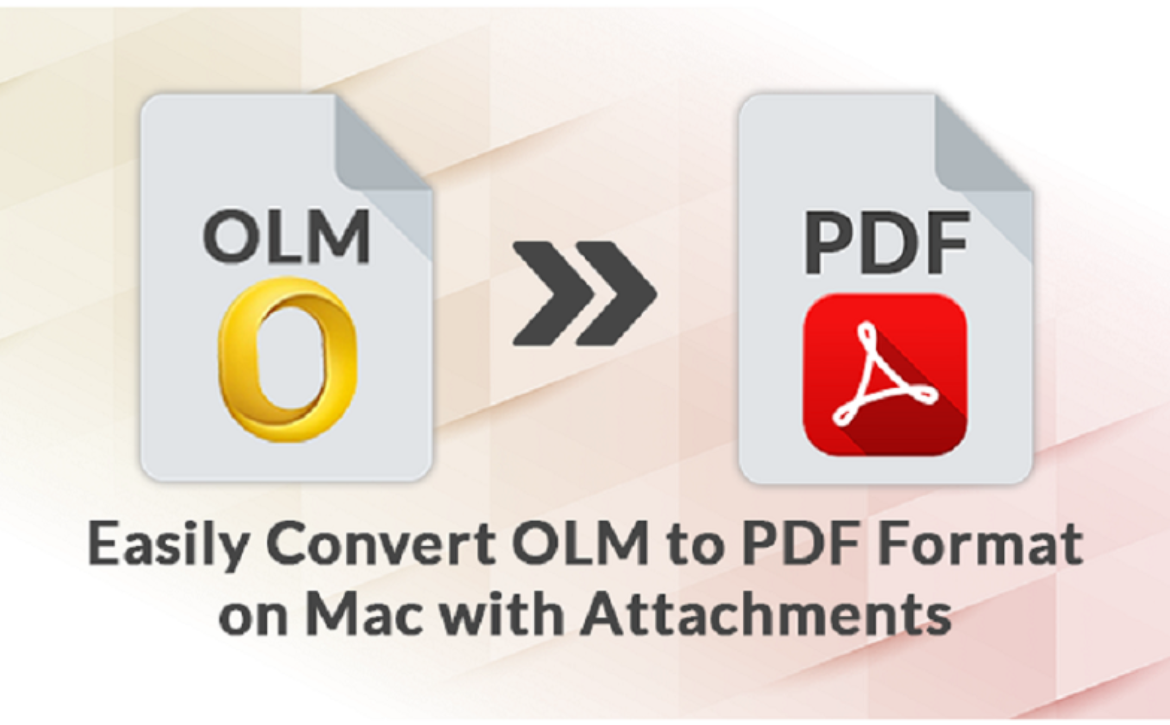Get Smart with The Latest Tibco Software
No one can deny the importance of decision-making in everyone’s life and if you want to grow you need to be very sure about the steps that you take and also the time when you are taking that. One split second can change your entire life and can even distract you from the right path to the wrong one. Everyone notices the impact of decision-making in their lives and that is the real example of who it will affect and in what ways. This is why, taking such a crucial decision becomes very heavy on everyone’s heart and mind, which might even be dangerous in many situations, so why not take the help of technology, what about using Tibco Software?
Do we need software to help us make our decisions?
—————————-
In today’s time, people are mostly dependent on machines and computers for most of their work because they are very precise and accurate in almost all fields in life. So, nobody can imagine their life without the use of technology as it helps everyone to live a better and healthy life. Many of you would still be confused, you just need to start observing the surroundings and the things that are available for each and everything. You can see that there are vehicles to take you from one place to another and many other such areas where machines have taken over. Yes, there are people who operate those machines, but the time is near when everything will be controlled only by software and the internet.
Making the right decision is very hard and when it comes to software, it lacks permutations and combinations in a few seconds to give you the right choice. This is what you need to do when you have very little time left or you can also say it in real time. If you have a decent amount of time, you can easily waste some of it on thinking and checking all the things that might happen once you make that decision. But the real-time case is totally different and sometimes it might also be for someone’s life. Risking a life is never an option when you can take the help of software that can analyze the current data and tell you what you can do within no time. Yes, you read it right, a software that can guide you with the best advice in real-time and still give you the chance to decide whether you have to take the decision or not. The Tibco Software is here for your help and also to enhance your decision-making process.
What is the Tibco Software that we are talking about?
—————————-
Now, this is the most important and crucial part because this is where people will have a lot of doubts and some will even deny accepting the capabilities of this software. So, take your time and read it carefully as this can be a real game changer for a lot of people.
Tibco Software is similar to every other software that is available in the market, but the thing that makes it different is the task that it performs. There are different software for different purposes and these are basically integrations and analytics software. They study the data from different applications as well as other databases to give the user the best experience as well as the right decision that they should take to keep them safe. Just imagine, getting a suggestion that will help you to make faster decisions, and that too after studying all the things that are possible at that time. Tibco Software is all you need in that situation because collecting real-time data and processing it at the same time is not everyone’s cup of tea. Why take risks when you can have a better choice and that too in no time?
How does Tibco Software work?
—————————-
There are different processes that are followed by the software to give you the right choice in real time. All the things need to be very precise and particular because this is required in the whole scenario. The processes include,
- Collecting the data: Collection of data is very important because this is something that will help the software to run the analysis in the next step and if you will not have a sufficient amount of data, then the possibility that you can have will also decrease. So, collecting data is very common for all the applications and software that we have to date, this also helps them with their accuracy and even improves the user experience as well as fixes bugs. Some of you will also think that storing the data will harm you, but this is not totally correct because data is required for precision and even for giving the choice in the way the users like.
- Process and analyze the data: This is what gives you real-time suggestions or choices when you are having trouble with anything. Collecting the data is not a very time taking process but processing everything takes time because the data is stored in a tabulated manner and different techniques are used to analyze it. After analyzing the data, all the permutations are done, and you get the suggestion.
These steps might look easy, but the whole thing behind these steps is very complicated and also time taking. One mistake will lead to a lot of problems and you will not have time to solve it in the time when you need to take a step instantly.
About the developers-
—————————-
The developer of Tibco Software is Tibco Software Inc. which is providing this software. Founded in the year 1997, it is basically a business intelligence company based in Palo Alto, California. The company saw tremendous growth in its initial years and the turnover of the company was skyrocketing within just five years. The setting is the perfect example for people that when you have a nice and unique idea, you need not have to worry about anything. This global company has offices in the countries like North America, Europe, Asia, the Middle East, Africa, and South America.

